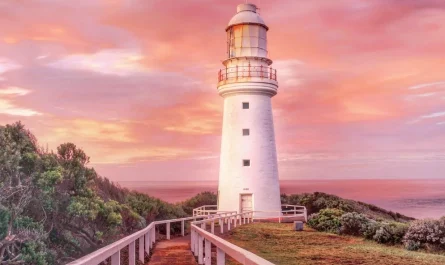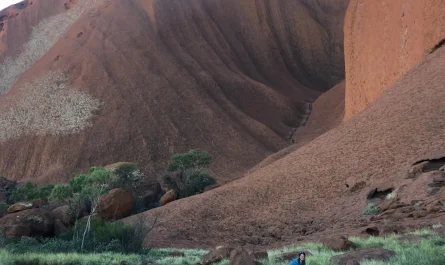In Western Australia, in the eastern part of Shark Bay is Monkey Mia, where you can take pictures with wild dolphins. It’s crazy that this tropical beach has the biggest Indo-Pacific bottlenose dolphin photo shoot ever. Clear blue waters and shallow bays are the perfect combo for dolphin photography, and that’s where Monkey Mia Beach comes in. In this guide, I’ll not only tell you about the local dolphin population but also how to photograph them using the right gear and techniques.
Monkey Mia Conservation Park
Going further, Monkey Mia beaches are within the Shark Bay Marine Park, known for its biodiversity and conservation. The area is set up to protect the habitat of the wild dolphin and other turquoise water creatures, including the manta rays and the ancient stromatolites. As a conservation park, Monkey Mia is on the front line of preventing threats to the ecosystem, helping the unemployed mothers (that’s the dolphin) to learn survival skills. So when you visit these attractions, you’re also helping these wild animals so that in the near future, real, live dolphins can still be seen and enjoyed.
Dolphin Viewing Activities
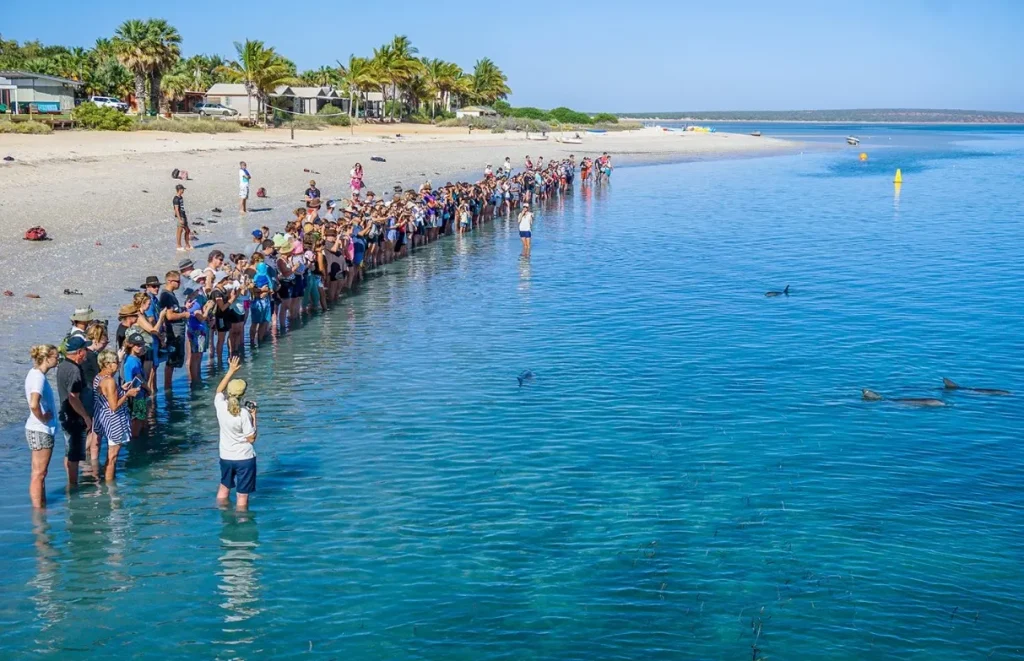
If you want to see and document the dolphins at Monkey Mia, there are a few options. One of the facilities enjoyed by tourists is the chance to feed the dolphins, who also come up to you during the scheduled feeding time. Such interactions are allowed along the beach, and you can take close-up pictures of the female dolphins with their babies. On the other hand, a wildlife cruise or a boat tour will let you see the dolphins in their natural habitat. In the case of boat encounters, you can see the dolphins from a distance and take pictures of them as they swim alongside the boat.
Equipment for Dolphin Photography
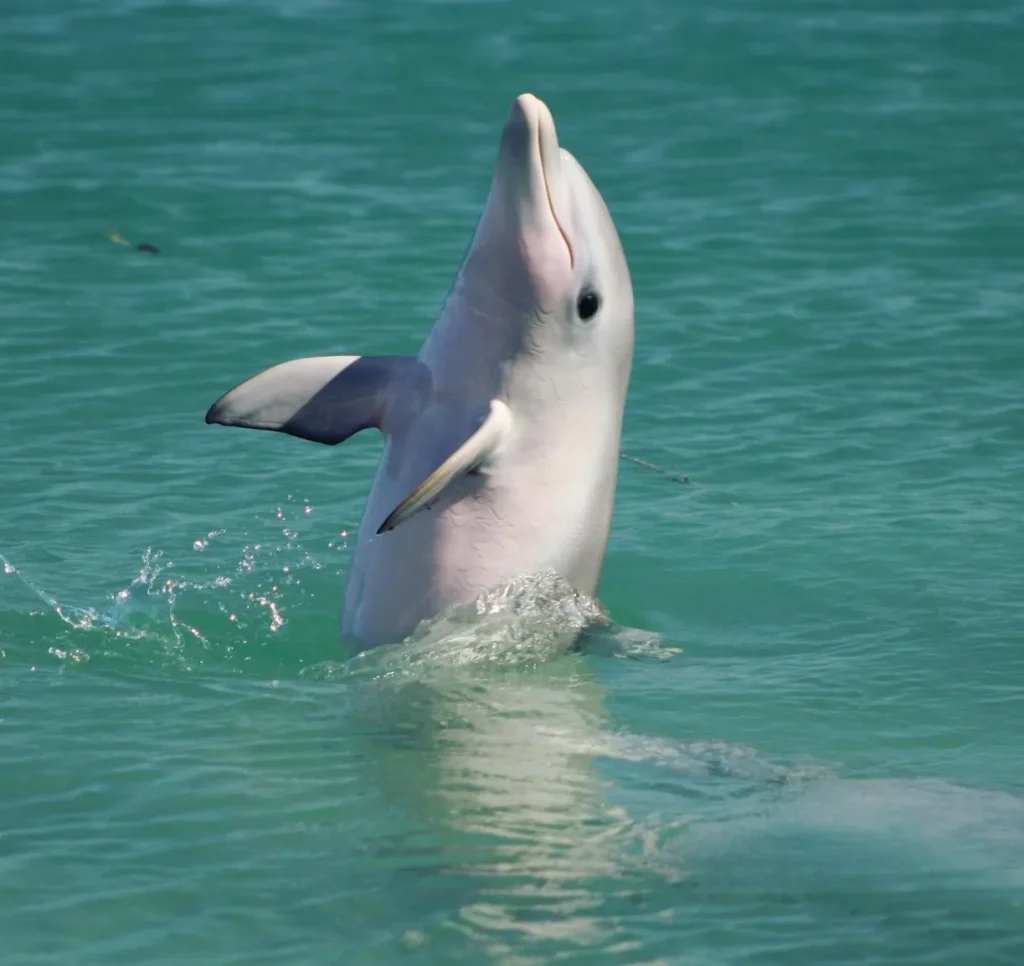
You need the right gear to get perfect dolphin pictures. For sharp images of moving dolphins, get a camera with a fast shutter and high resolution. A zoom lens will allow you to take far-away pictures without having to get too close to the animals. With a wide-angle lens, you can take pictures of dolphins and a wider field of view with them in the centre. Pictures with rapid-fire devices usually mean wild marine mammals, so remember to bring extra batteries and memory cards. You can also use your smartphone to attach professional lenses for higher magnification.
Here’s a table summarizing the essential gear for dolphin photography:
| Equipment | Description |
|---|---|
| Camera Body | A DSLR or mirrorless camera with high resolution and fast autofocus capabilities is ideal for capturing dynamic dolphin movements. |
| Telephoto Lens | A telephoto lens with a focal length of at least 200mm will help you get close-up shots of dolphins from a distance without disturbing them. |
| Waterproof Case | Protects your camera gear from saltwater and splashes, especially if you’re photographing from a boat or during wet conditions. |
| Tripod | It helps stabilize your camera for sharp images, which is particularly useful for low-light conditions or when capturing distant shots. |
| Extra Batteries | Dolphins are active, and photo sessions can be lengthy. Having extra batteries ensures you don’t miss any moments. |
| Memory Cards | High-capacity and fast memory cards will help you store numerous high-resolution images without running out of space. |
Choosing the right camera
Go for fast autofocus cameras when shooting dolphins as they move at a faster burst shooting rate. This includes DSLRs and mirrorless cameras that produce great images. Look for higher resolution models with weather sealing. If you need to wake up early or shoot after the sun goes down, a camera with good low light will come in handy. Take note of the battery life and weight of the camera when moving around Monkey Mia conservation park.
Best times for dolphin photography
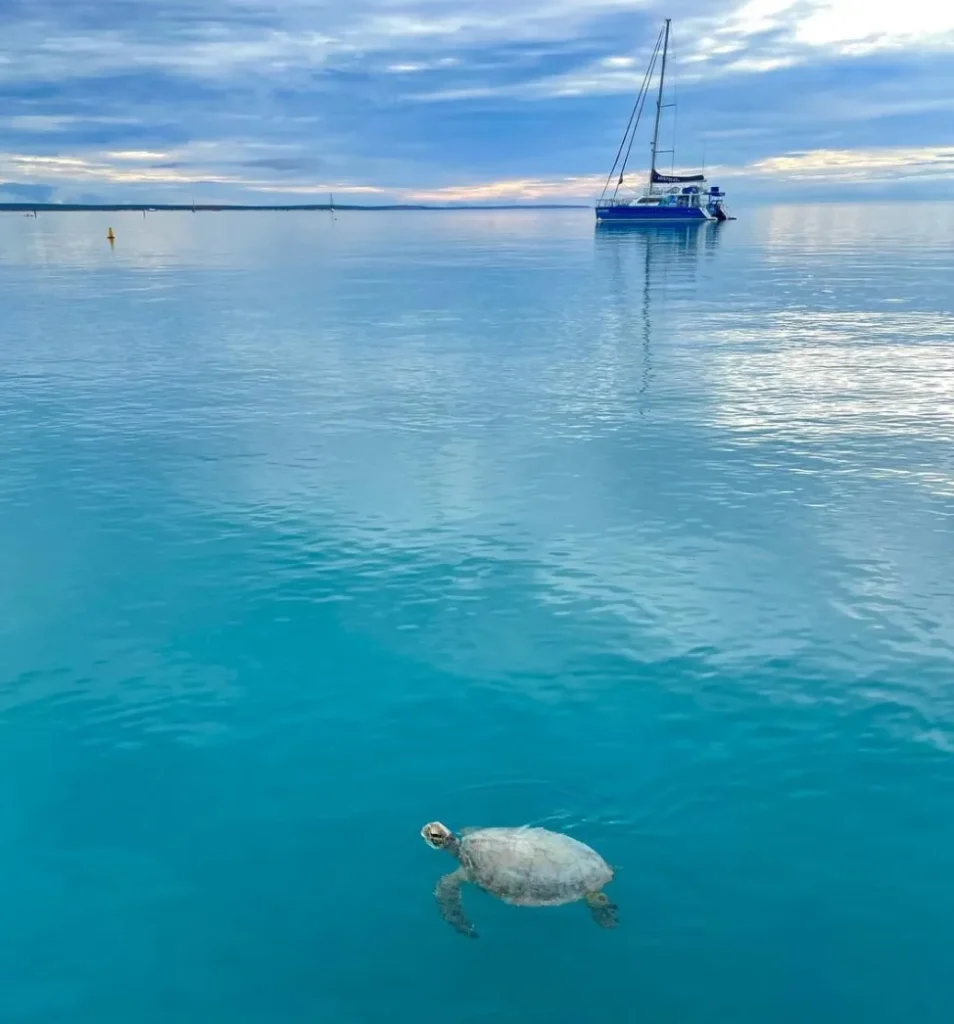
Again, timing is key. For dolphin photography, early mornings and late afternoons are the best. At other times, the mid-day sun is too harsh. Early morning light brings out the turquoise colour of the water and the beauty of the dolphins. Mid-day is when you should avoid taking photos. The sun is at its peak and will create strong shadows and glare in your images. Seasonal fluctuations in dolphin activity also matter; dolphins have periods of high activity, so plan your trip to coincide with those times when the chances of getting great shots are high.
Seasonal variations in dolphin activity
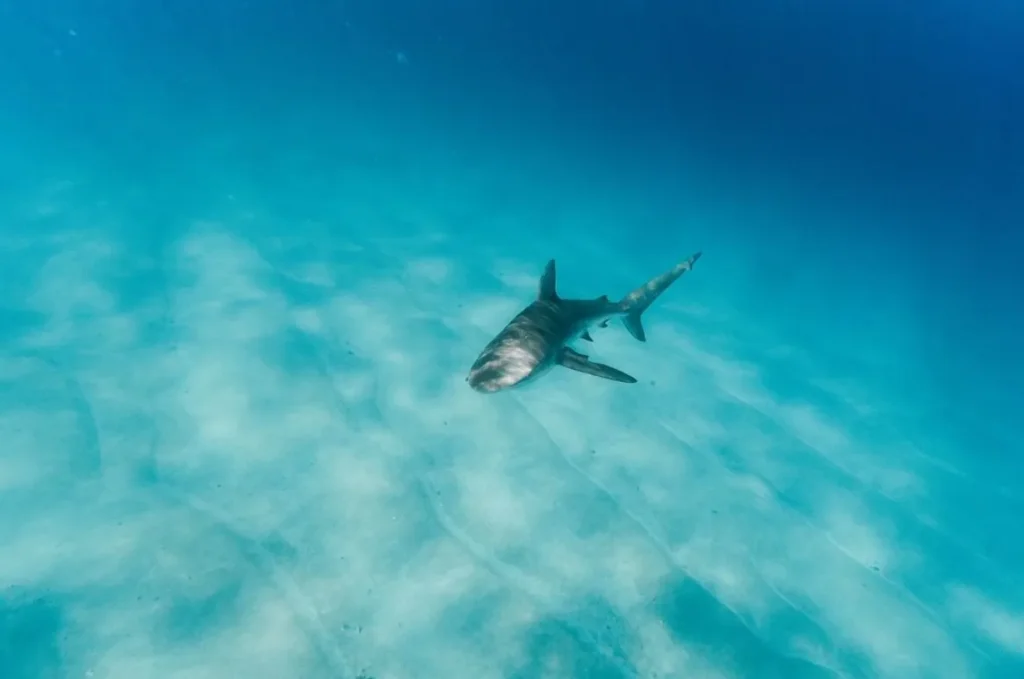
Dolphin activity at Monkey Mia is said to change with the seasons. In the hot months, they are more friendly and playful. In the cold months, many dolphins don’t come to the coast, but you may get calm and beautiful scenes for photography. To make sure you get the best time for your visit, be aware of the times when dolphins are around and their behaviour at Shark Bay. Even if you have the best plans, there are times when dolphins don’t feed, and it’s hard for tourists to get amused.
Which dolphin experience to attend?
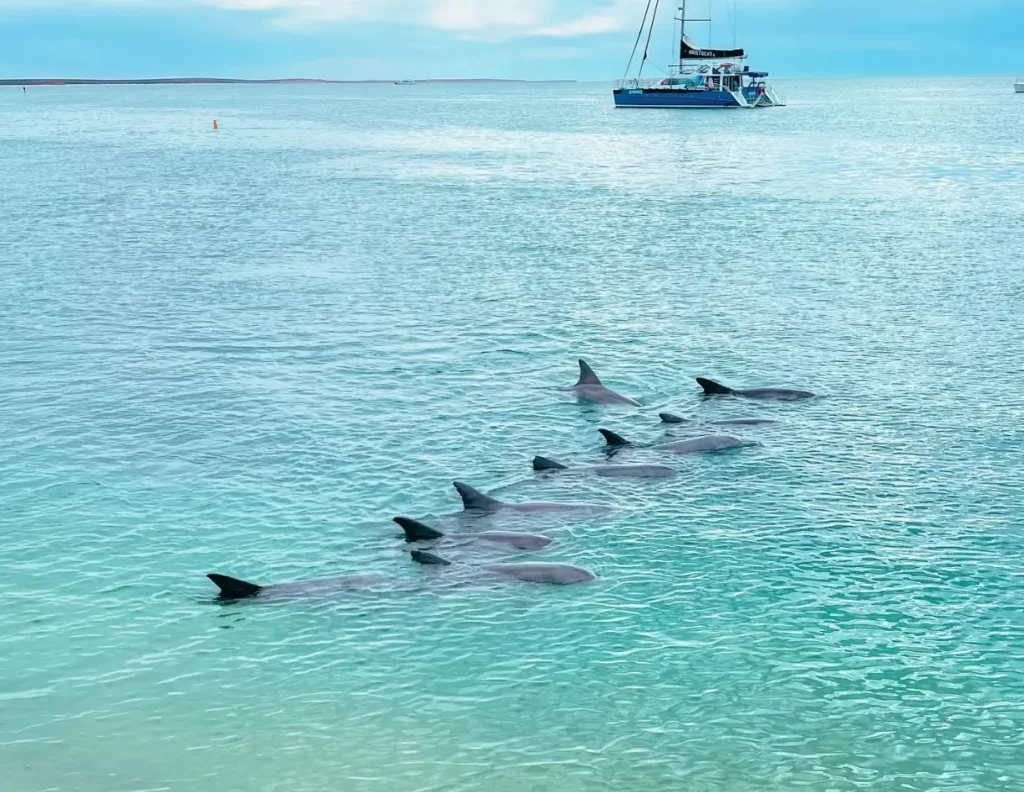
At Monkey Mia, you have to think critically and with discretion to decide which dolphin experience you want to join for photography. Daily Monkey Mia Tours with dolphin feeding are designed for those who want to take close-up photos of dolphins while interacting with them one-on-one. These happen very early in the morning, and you can get up close to the dolphins. Another option is to take a boat tour into the deep waters of Shark Bay, where a whole new dimension of dolphin watching opens up. This allows you to take photos of dolphins in their natural habitat, both in deep water and offshore. All experiences have something unique to photograph, so choose the one that suits your creativity.
How to Get Amazing Dolphin Photos
The Right Angle
The angle of the image of a dolphin photo can make a big difference in the final image. Try to get photos that focus on the behaviour and interaction of the dolphins. Most of the time, close-up shots are great and taken at eye level to make it more effective, dynamic and interesting. It’s a great experience to photograph from a boat as you can get the dolphins at different play levels, from the surface to underwater. One of the factors that can affect the composition and appeal of the photos is the angle used in photographing the dolphins.
Camera Settings
To get the best dolphin photos, all camera settings should be set. Fast shutter speed with lots of action can help get clear photos of dolphins in action where the light changes, like early morning or cloudy days. High ISO should be set for proper exposure. Moni GANI, along with closing the aperture, positioned the dolphins’ heads and controlled the distance to the lens and objects including the dolphins. Do more work with the camera and supporting equipment and get the right settings for the situation and the subject.
Focus the Image

Of course, without good composition, there will be no good dolphin photos. Apply the third rule and position the dolphin in an image that is pleasing and balanced. There are also constraints to the surrounding elements of these images, such as the colour of the water and the sand of the beach. Document the mundane parts, like a dolphin flying or two dolphins doing something to each other underwater. Be mindful when composing a shot, and try not to include things that will not draw attention to irrelevant parts of the photo but will distract from the main subject.
Post-Processing Tips for Dolphin Photos
It’s good to know that post-processing photos can go a long way to improve your dolphin photos so you can get the most out of every shot. Adjust brightness, contrast and saturation so all the natural colours of the dolphins and their surroundings are shown. Try to resize the photos to enhance the composition and hide or remove the things that should not be there. Apply the sharpening method to make it clear so the word ‘Dolphins’ is clean. Be careful how much you edit so you don’t lose the natural look of the photo, as too much editing will change the feel of the photo.
Dolphin Photography Ethics
Ethical practices in photography help in wildlife conservation by not altering the dolphins for the tourists.
Respect Wildlife
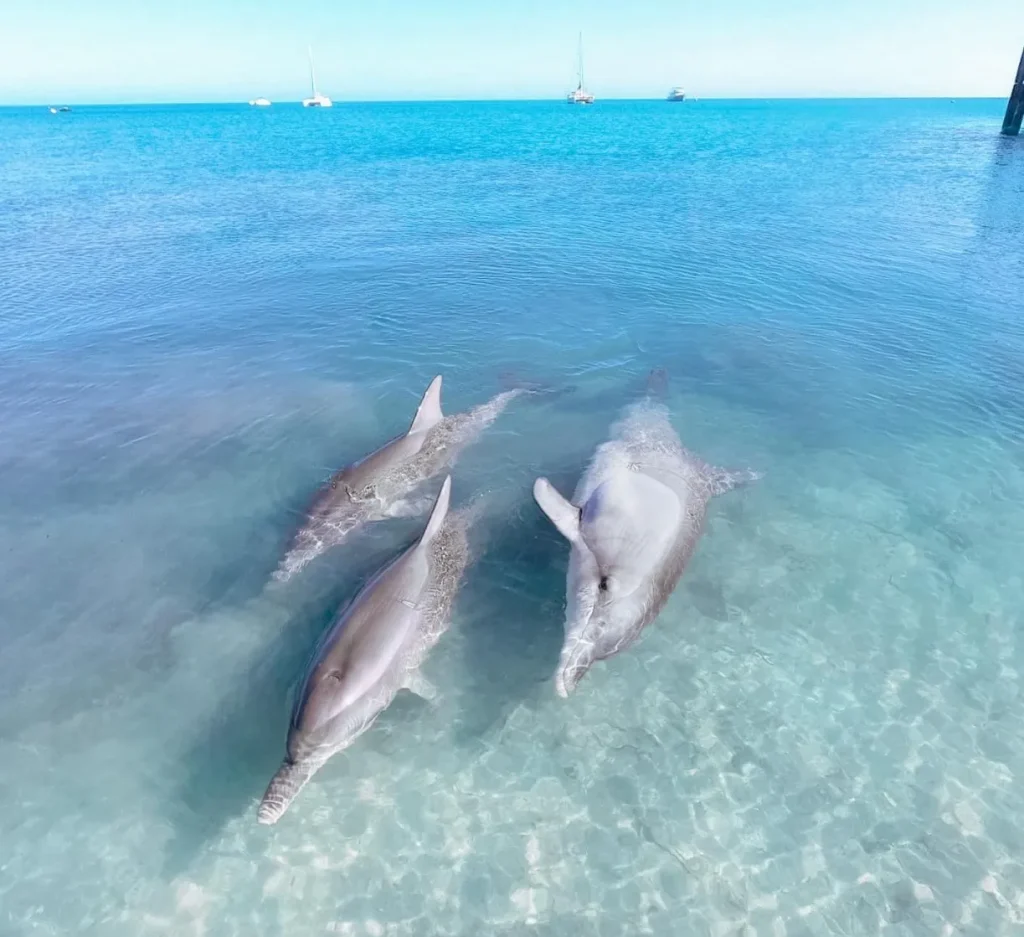
Other things to consider for dolphin photo ethics and wildlife interactions. Listen to these and comply: don’t chase or swim with the dolphins; don’t make loud noises or do anything that will scare the dolphins. Please don’t touch the dolphins or entice them with food because this will alter their behaviour and feeding patterns. By protecting the wildlife and its habitat, you are helping others to do the same in the future and reducing the impact of ‘tourism’ on the wildlife.
Park Rules
Dolphin watching is not the only activity and has its own rules to protect the dolphins and other wildlife in the area. Listen to the rules on the interactions, protected views and others. Buy a day permit if needed and follow the instructions for Associates’ activities including sea and land excursions such as Associates’ beach interactions. By following these rules you are protecting the fragile ecosystem and helping to conserve the park.
Summary
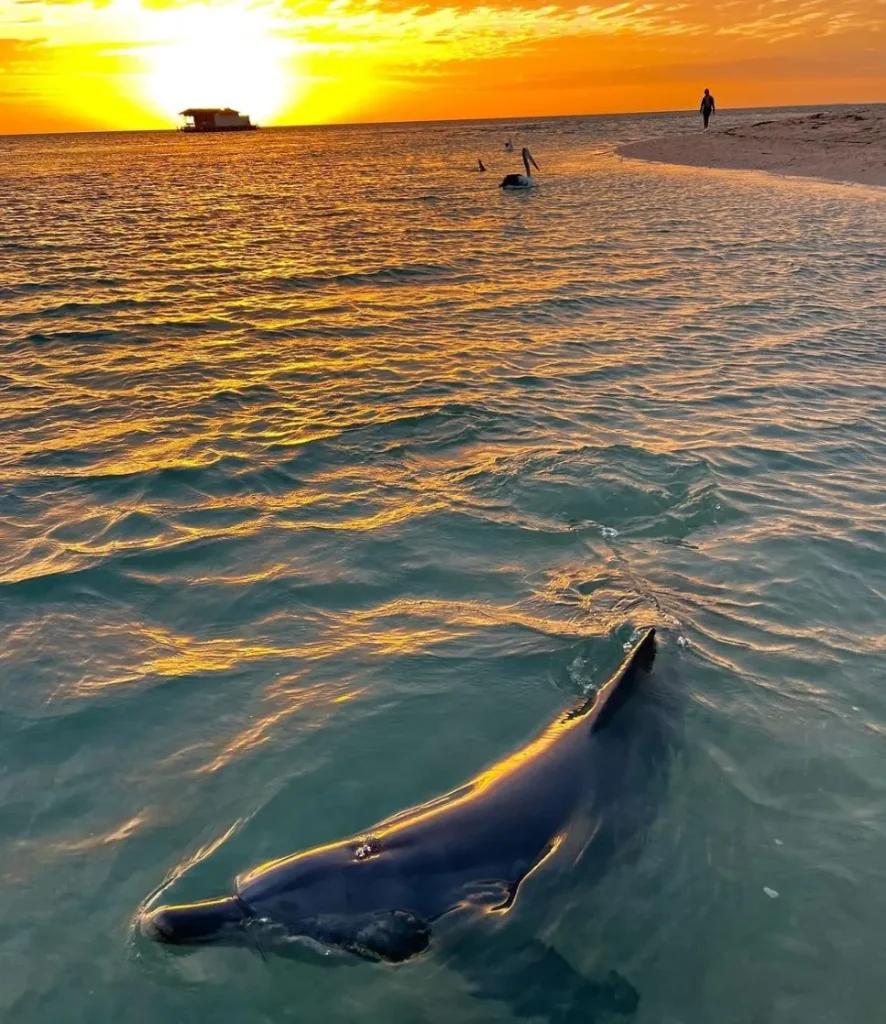
Planning, preparation and respect for wildlife is what it takes to get an award-winning dolphin photo at Monkey Mia. When taking photos of dolphins in captivity or in the open sea, consider the dolphins that live there and the activities and techniques used to get great shots of them. Practice ethical standards and park rules while shooting the daily dolphin feed or while on a boat cruise to see the tanked animals in their natural habitat and you’ll contribute positively to the environment and have good photo opportunities. Environmental issues and their solutions. Environmental issues and their solutions.
FAQ
Which month should you visit Monkey Mia to photograph dolphins?
The best time to see the dolphins wade in the shallow waters of the beach at Monkey Mia is in summer. There are times of the day that are good for photography regardless of the season and that’s morning and late afternoon.
What gear do I need for dolphin photography?
One of the first things that comes to mind for dolphin photography is a good SLR or mirrorless camera with fast autofocus to get sharp images asap. A long zoom lens (at least 200mm), a housing, a tripod, extra power sources and high capacity memory cards are a must.
How do I not disturb the dolphins?
To not disturb the dolphins be calm and quiet and don’t get too close. Follow the park rules and keep an eye out for the dolphins at a safe distance.
Can I take pictures of the dolphins while on a boat?
Yes, you can take pictures of dolphins while on a boat. Make sure the boat follows the rules of dolphin interaction and doesn’t approach the dolphins in a way that will disturb them. A long lens will help you take pictures from such angles.
What if my pictures don’t turn out as expected?
If your pictures don’t turn out as expected, check the shutter speed, aperture, ISO and focal length. Make sure you’re in the right angle and composition.


